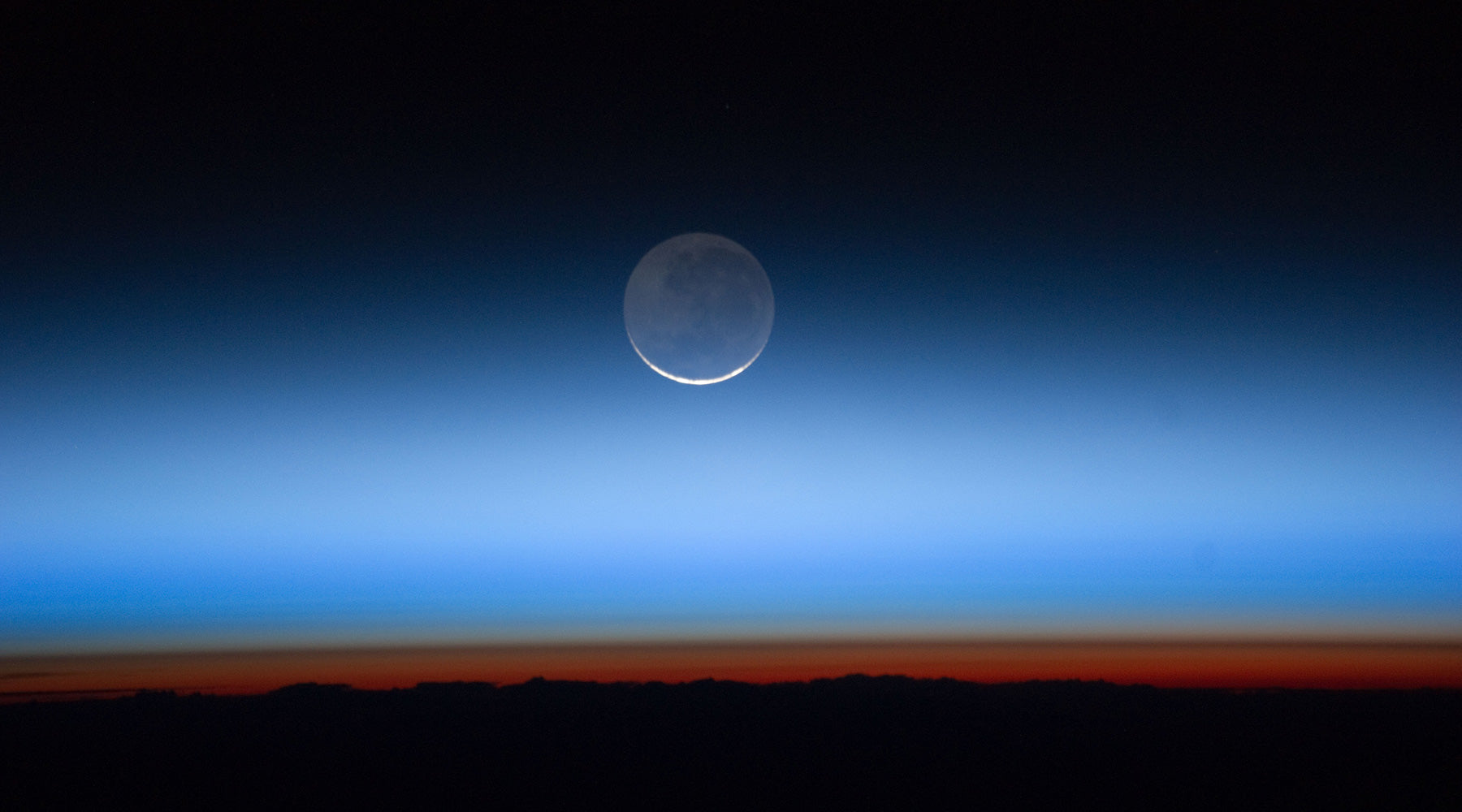
The mystery of noctilucent clouds
Each year during the polar summer, light patterns appear in the skies above Antarctica. While they are one of nature’s most tantalising phenomena, NASA believes they offer an understanding of the complex relationship between the earth and wider universe.
Words by Rachel Halliburton // Images courtesy of NASA
Noctilucent clouds are formed from meteor dust, water vapour, and extreme cold. Their ethereal luminescent beauty comes from the refraction of light through ice crystals – noctilucent literally means ‘night-shining’. They may sound like an invention from the over-heated brain of a Renaissance poet, but they are of huge interest to scientists. That’s partly because they only form in the mesosphere, the third layer in the earth’s atmosphere, where most meteors and asteroids burn up before they get to the earth’s surface.

Because the clouds need intense cold, they form at high altitude in the polar regions, and because they need water vapour, their appearance is restricted to the polar summer when the mesosphere is most humid. NASA announced the latest season of noctilucent clouds had started in Antarctica on 8 December 2020. This is actually quite late – which scientists believe is partially due to exceptionally strong winds and the huge size of the ozone hole this year. Normally they can be sighted in the Southern hemisphere between mid-November and mid-February.
In photos the clouds look as insubstantial as psychedelic candyfloss. However, the reason scientists on NASA’s Aeronomy of Ice in the Mesosphere (AIM) Mission see them as crucial is because of the part they play in the complex relationship between the earth and what surrounds it. The clouds mark the important point where the atmosphere goes from being electrically neutral to being electrically charged. (This is the zone where, among other things, radio waves and GPS signals are transmitted).

Yet much about them is currently a mystery. Are they more shaped by influences above them (like the sun)? Or below (like gravity waves)? This season of clouds comes one year after the start of the current 11-year solar cycle. By continuing to create images like these, NASA scientists hope that patterns will be revealed that bring them closer to understanding one of the Antarctic’s most tantalising phenomena.

